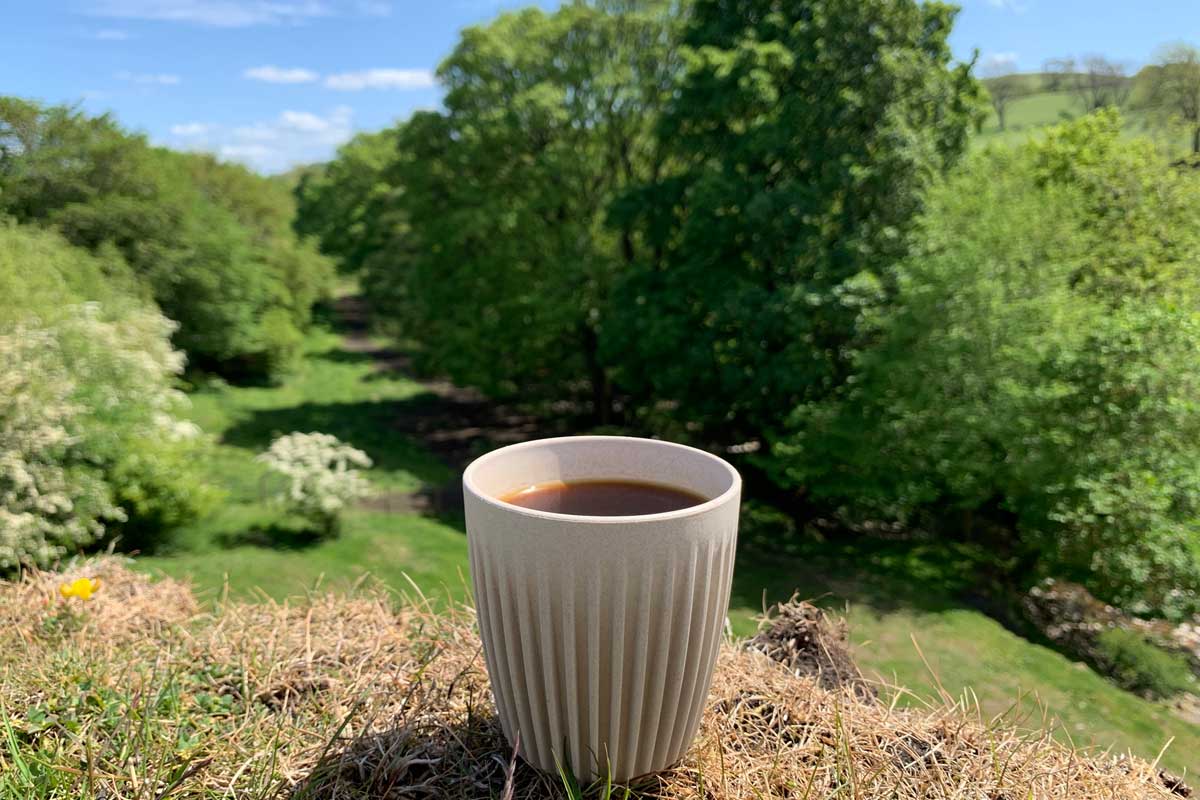Our head roaster, Rachael, set out to create a coffee that represented everything we loved. This would be the one coffee we’d be willing to drink endlessly if we ever found ourselves on a desert island. Of course, in this scenario, we’ve somehow had the wherewithal to pack an unlimited supply of this coffee which somehow stays fresh for years. We would think, that if this possibility ever played itself out we’d also avoid getting stuck on a desert island but facts always do deter from a good story.
Our goal was simple, to create our perfect coffee. It had to represent our favourite tasting notes. Obviously chocolate, definitely some juicy fruit, and lastly some citrus complexity.
Enter Guatemala
Some of the best chocolate tasting notes come from Guatemalan coffees. The Huehuetenango (pronounced ‘whe-whe…’ and meaning ‘place of the ancients’) region is a perfect climate for growing exceptional coffees. The altitude is high, between 1500m – 2000m, and the temperature is good, 20’C – 25’C. We work with a tiny family team on the ground who can provide support to small farms and source us great tasting coffees with sustainability at the forefront.
Enter Ethiopia
Ethiopia has perhaps the most diversity when it comes to tasting notes found in their coffees. A lot of flavour is gained, lost, accentuated or muted during processing and roasting. However, the available palette of flavours comes from the region terroir (soil & climate) and variety grown. Ethiopia is one of the few places in the world that doesn’t focus on specific varieties of Arabica. Instead, they cultivate diversity through ‘heirloom’ or wild varieties. This is why it’s hard to pinpoint what the classic Ethiopian coffee tastes like – definitely fruity, complex, and something we’ll be coming back for!
There are two standard ways to process coffee – washed and naturally processed. Essentially it’s a measure of ‘washing off’ the outer coffee cherry to reveal the beans inside or fermenting the cherries in the sun. This latter method can go wrong, as you might imagine, but with the right care, it can also produce the sweetest, fruitiest cups. The blueberry of Nomad arises from this natural processing method.
Enter Colombia
We love Colombian coffees, both for their sweetness and balanced citrus acidity. They’re versatile to brew with and we’ve usually got a single origin or two available. The average farm size in the Narino region is below 2.5 acres and these small farms produce some vastly sweet and complex coffees.
Compile all these three pieces together and you have Nomad. The exploratory blend made for those of you who can’t wait to travel again.
